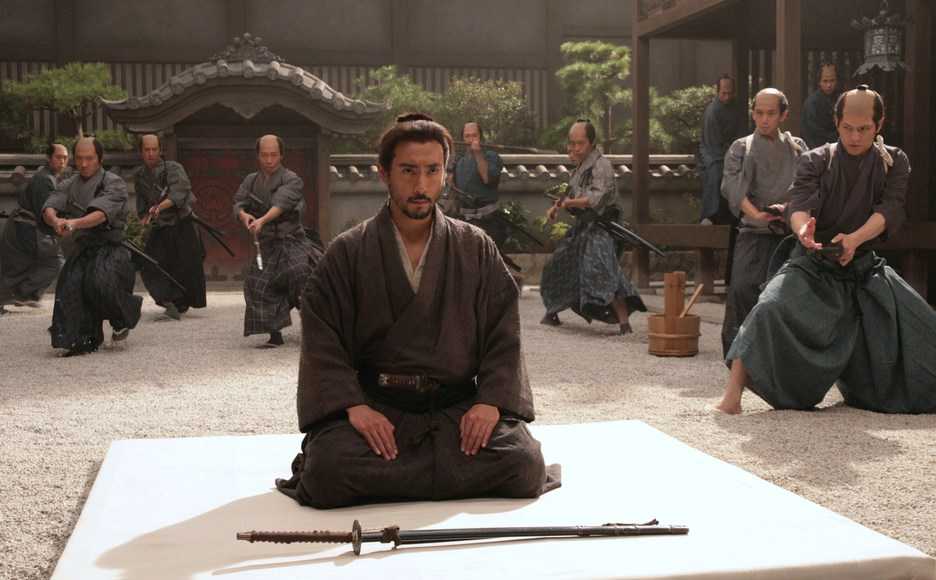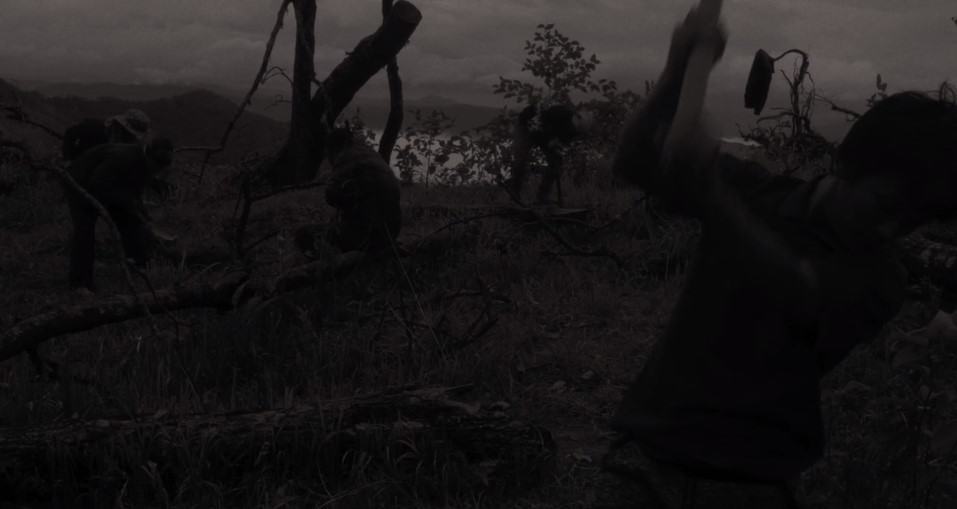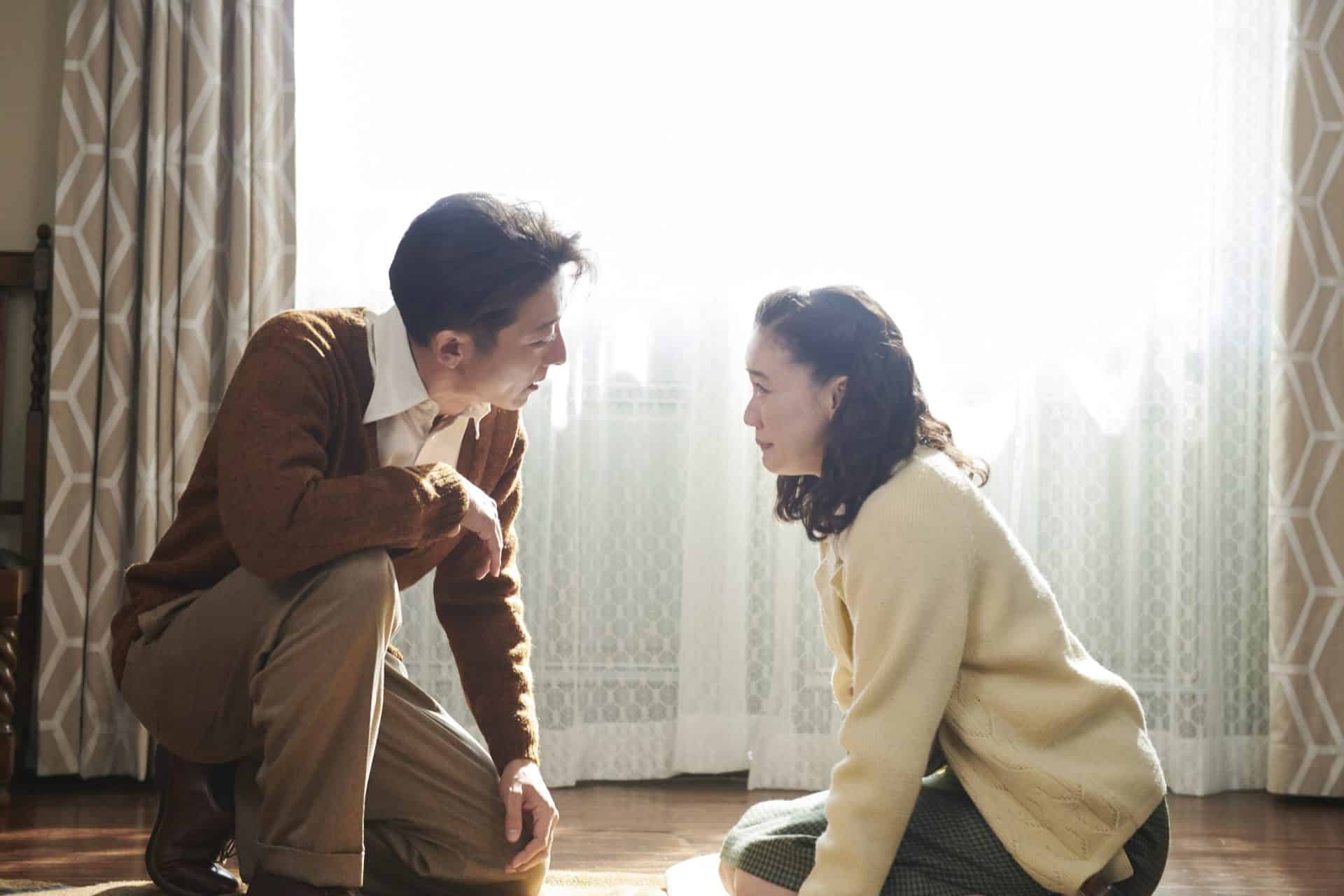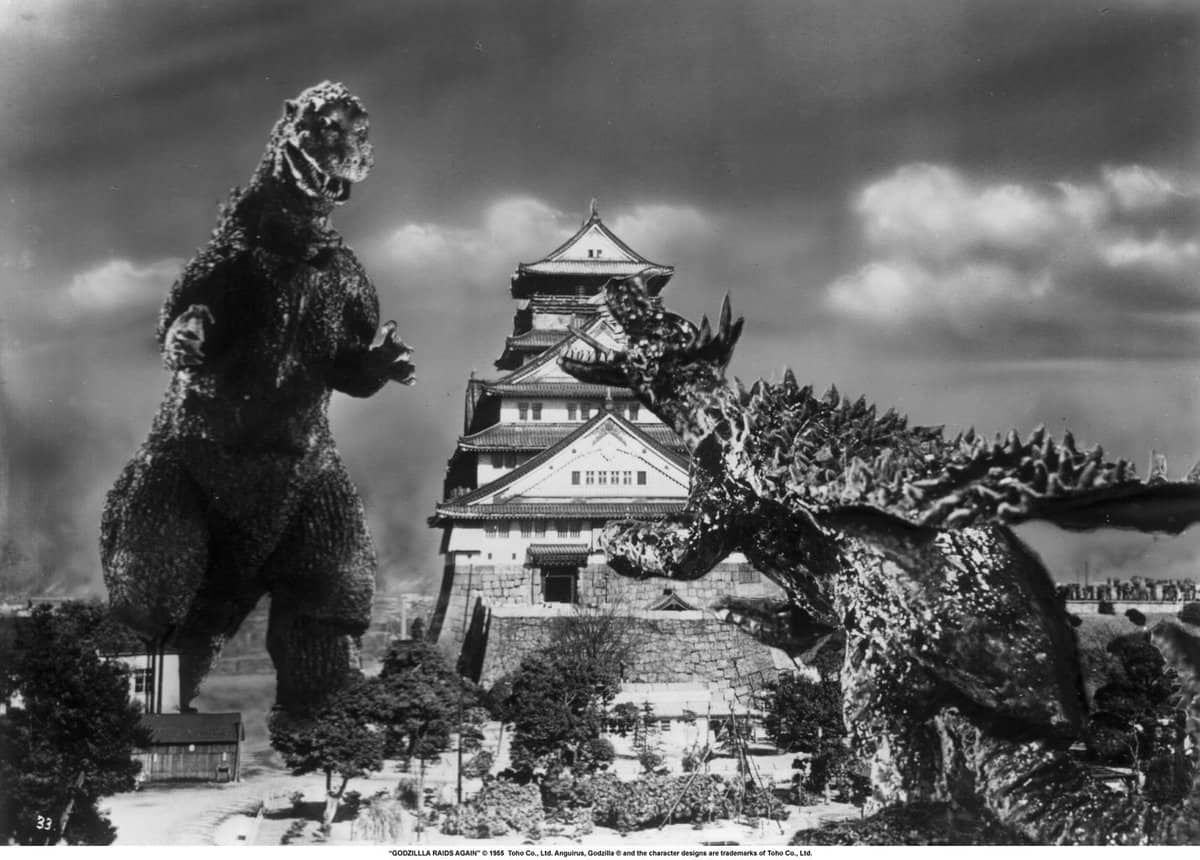Masaki Kobayashi's “Hara-Kiri” (1962) is a towering giant of a film that has stood the test of time. Revered by many, the film often features on several “Best Of” lists time and again. Thus, It was a bit of a surprise when it was announced that Takashi Miike was recruited to put a fresh touch on the classic, only this time in 3D. It was hence that “Hara-Kiri: Death of a Samurai” premiered at the Cannes Film Festival in 2011, the first 3D film to ever be selected in Official Competition at the Festival, with a subsequent wide theatrical release later in the year.
Buy This Title
With the rise of the Shogunate, several prominent Domains under them have been shut permanently, which has led to many a samurai being jobless and struggling to make a living. This has led to a unique spate of cons where such ronin go to the house of functioning domains and request the use of the House's courtyard to perform ritualistic suicide, or seppuku, in the hopes that the Lord of the House would take pity on them and offer them some money and possibly a job. It is because of such bluffs that when Hanshiro Tsugumo arrives at the House of Ii with a wish to perform seppuku, Kageyu, the chief retainer of the House, receives him with much skepticism and while he offers him his courtyard, he chooses to tell Hanshiro the tragic story of Motome Chijiwa, the last ronin to come to the House of Ii with a similar request and his eventual fate. While he lets Kageyu finish his story, Hanshiro's requests before performing seppuku allow for some time in which Hanshiro gets to tell a story of his own to Kageyu and the rapt audience in the House of Ii.

2010 saw Takashi Miike give arguably his best film in years with “13 Assassins”, itself a remake of Eiichi Kudo's 1963 remake of the classic of the same name. The film's grand success resulted in the eventual announcement that Miike would next take on another 60s samurai classic, Kobayashi's “Hara-Kiri” and give it the remake treatment. The original story, which is well transferred here, might seem like an odd choice for Miike's sensibilities, with its compassion and melodrama, but Miike manages to carry it over mostly successfully. He shows great restraint and manages to hold of on his trademark excesses and tell the more human story and lets the many layers of the story unfold. Ideally, it would be worthwhile to treat Miike's film as its own entity and not compare it to the original, but it might just not be possible when the film follows the original so closely that many of the scenes seem transferred verbatim. The script by Kikumi Yamagishi brings very little new to the story, and when it does, it's mostly to add unnecessary sentimental melodrama which leaves a bitter taste in the mouth.
One of the biggest assets that Kobayashi's film has is Tatsuya Nakadai and his phenomenal performance as Hanshiro. Miike's film, however, might have its weakest link in Ebizo Ichikawa as Hanshiro. Weirdly, a lot of the important scenes featuring Hanshiro are shot over his shoulder from the back, giving Ichikawa little scope to emote. In fact, both Eita as Motome Chijiwa and Hiraki Mitsushima as Miho, the daughter of Hanshiro, both manage to eclipse Ichikawa's performance. Veteran actor Koji Yakusho, in spite of not having a lot to do, makes his presence felt as Kageyu. Muketaka Aoki's presence as Hikokuro Omodaka, one of the top samurais of the House of Ii, is not as threatening as Tetsuro Tamba's was in the 1962 film and the iconic duel between Hanshiro and Hikokuro leaves a lot to be desired in the new film.

Other high points that the original savoured were Yoshio Miyajima's cinematography and Toru Takemitsu's music, which went hand-in-hand and insisted that your eyes and ears never leave the screen. In those regards, Miike's film also scores fairly highly. The cinematography by Nobuyashu Kita, who has collaborated with Miike on a fair few of his recent films, makes full use of the 3D format to bring its own flavour to the film and the gorgeous sets design would no doubt have been spectacular in 3D. Maestro Ryuichi Sakamoto's music is the perfect companion to Miyajima's cinematography in almost every scene and might just be where the 2011 film trumps its predecessor, as brilliant as that was.
“Hara-Kiri: Death of a Samurai” is a strange concept to begin with: a 3D reimagining of a classic that is still held in high regard. For the uninitiated, Miike's film has a lot to enjoy, chief being the story that it carries from the original film and the novel that it was based on while giving it a lovely modern polish and some spectacular cinematography combined with a fantastic score. For those that know and adore the original, however, it might just fell like an exercise in futility.
















